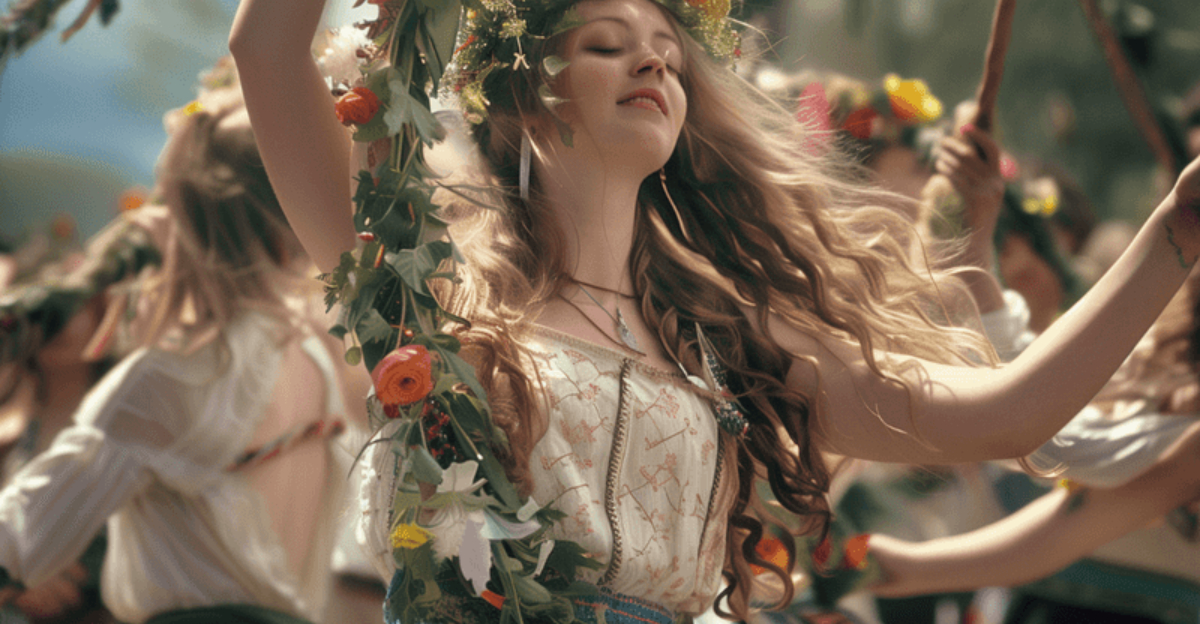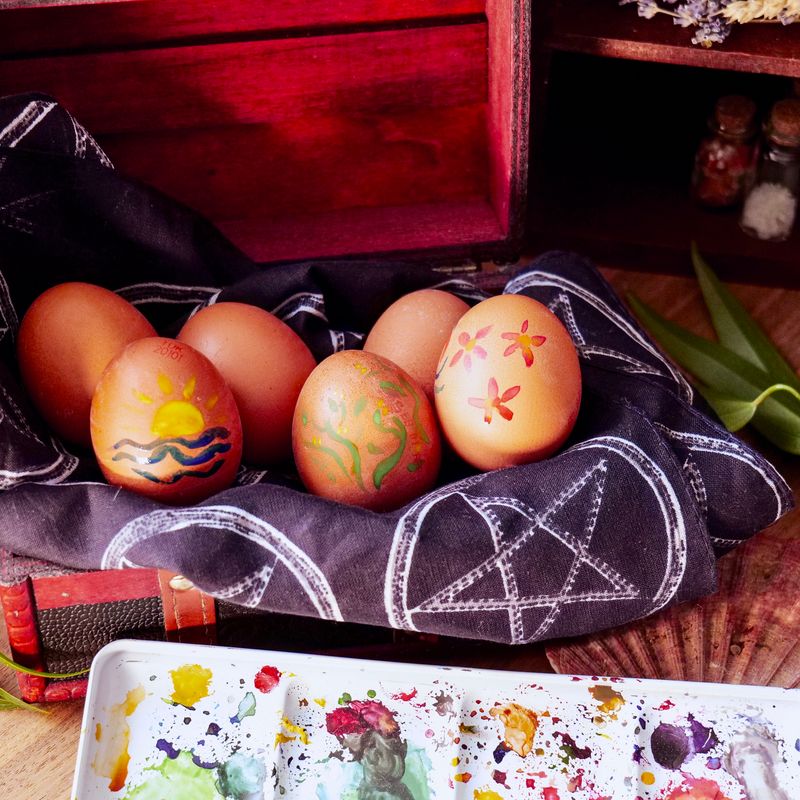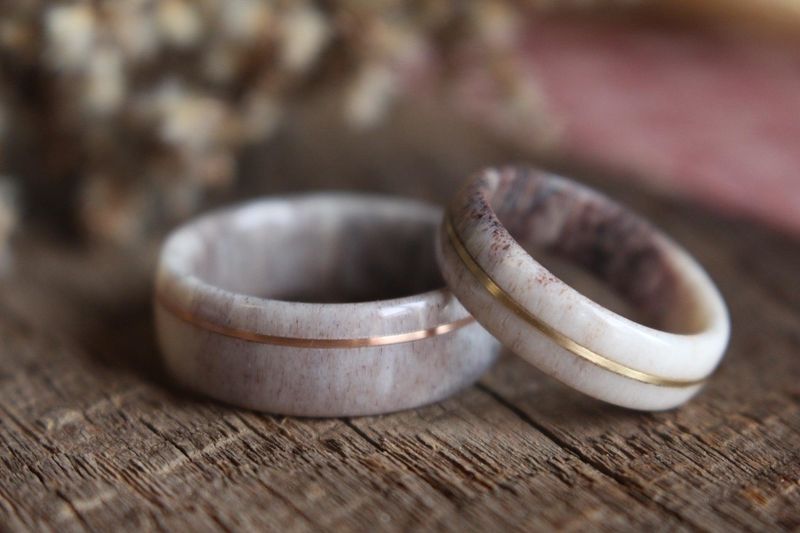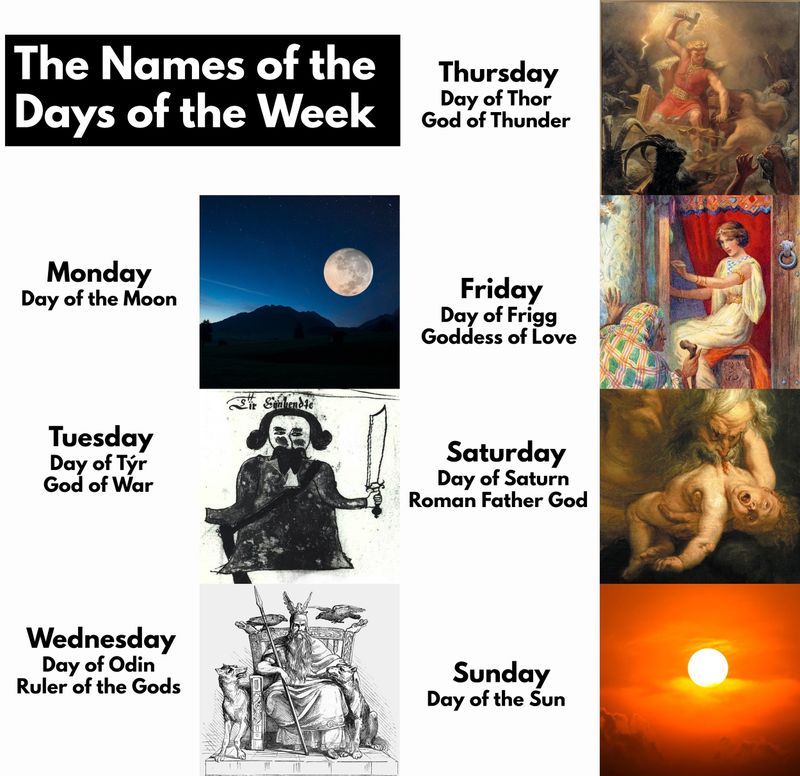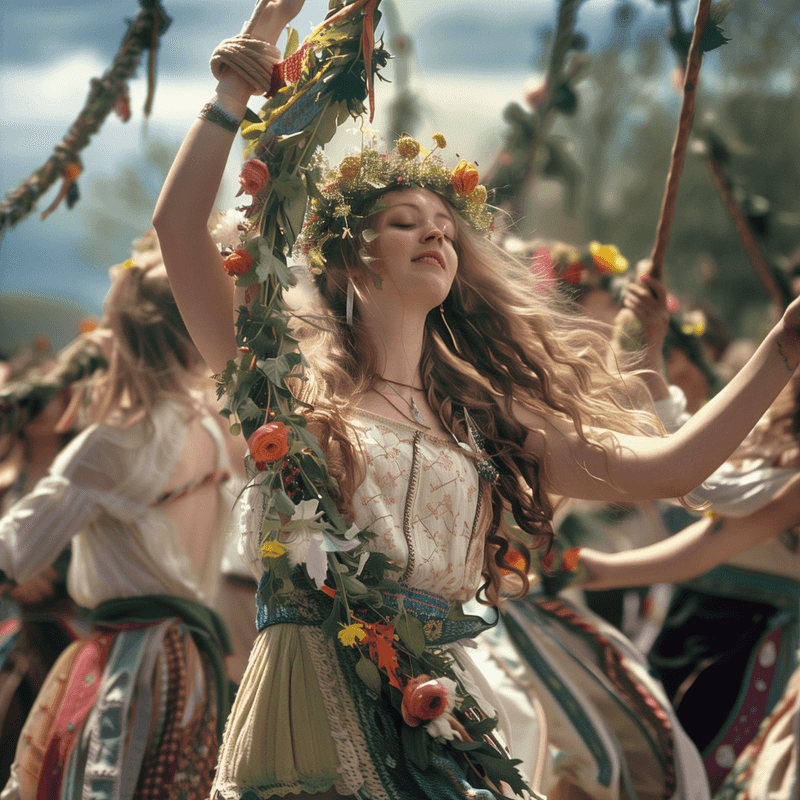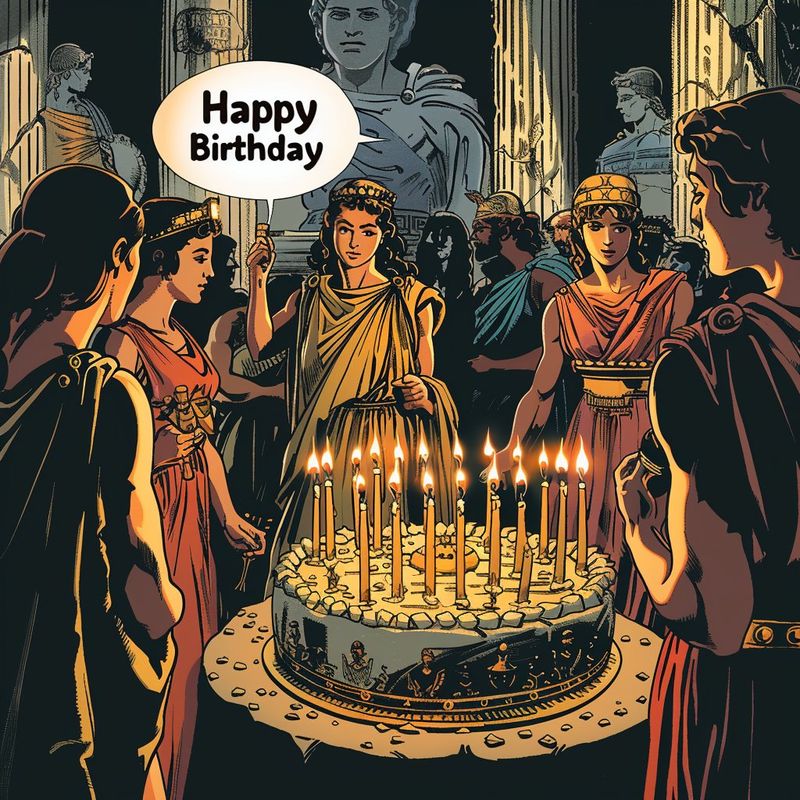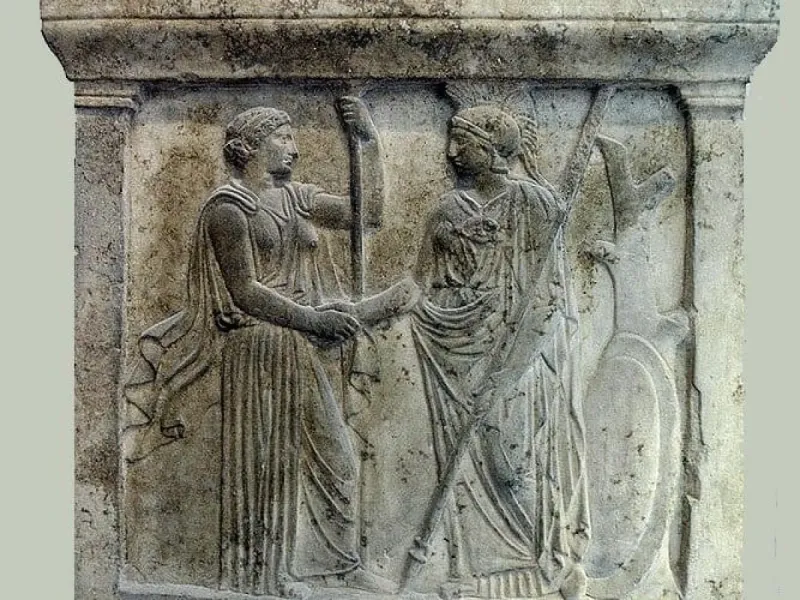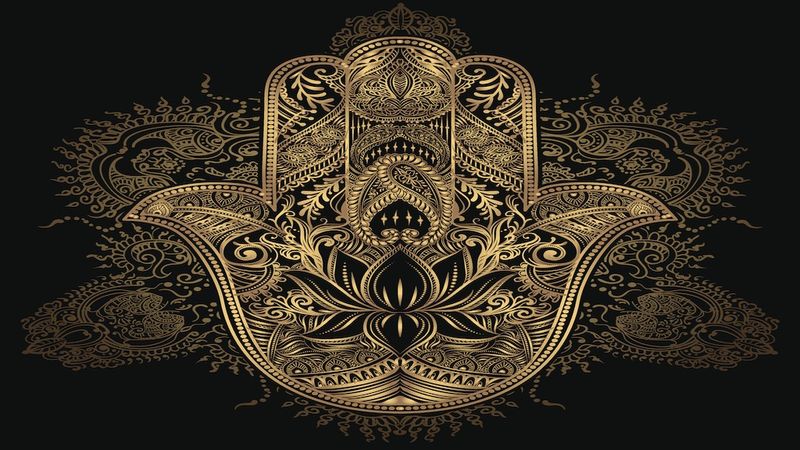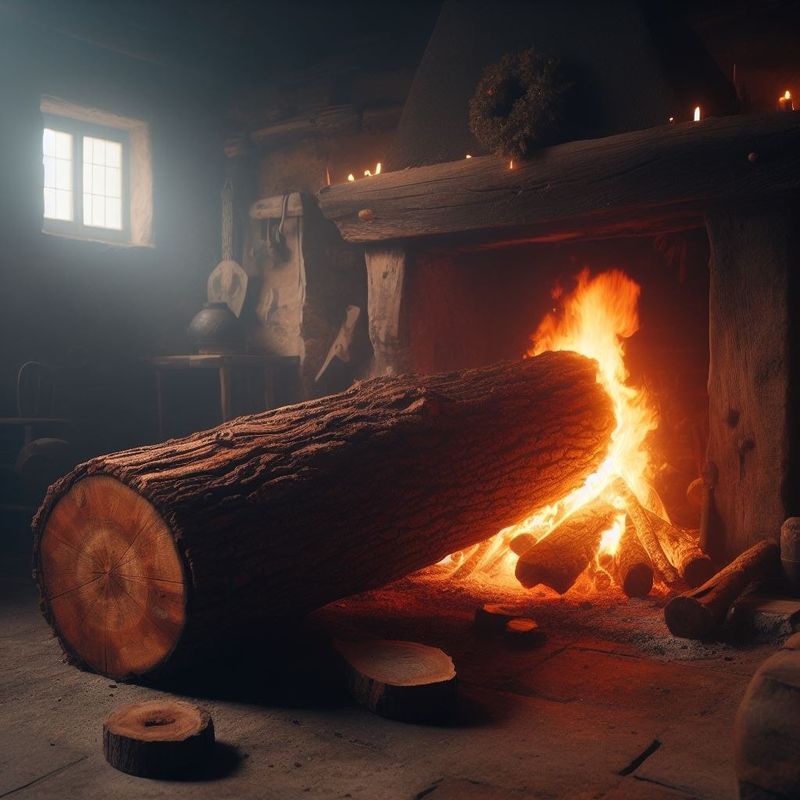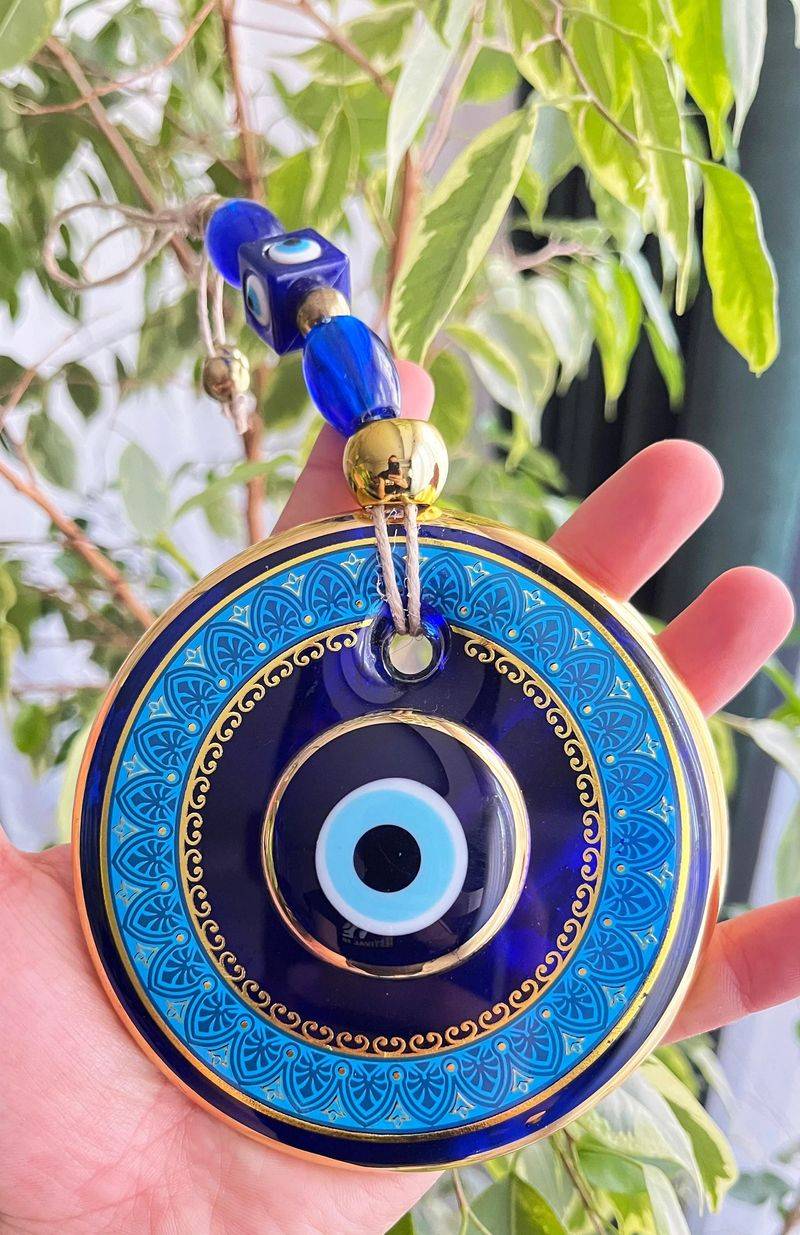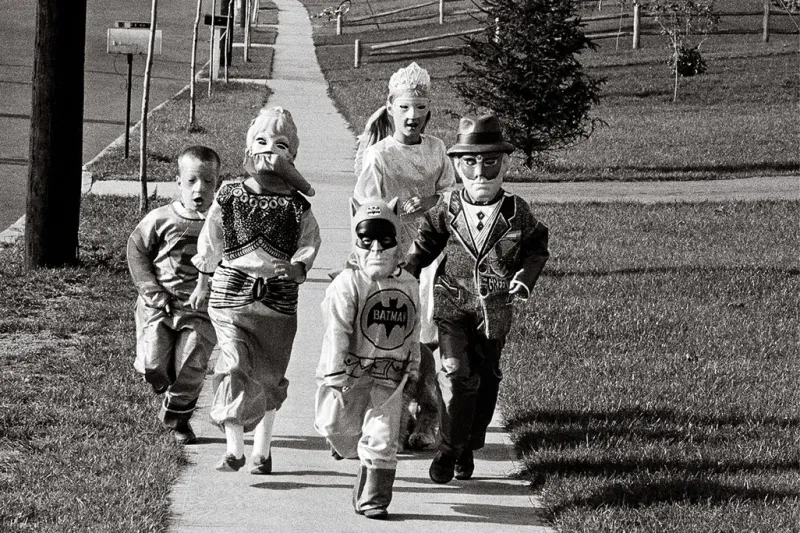Many familiar items and traditions we use daily have surprising roots in ancient pagan practices. From the names of weekdays to wedding customs, these pagan influences have quietly survived through centuries of cultural and religious changes. The next time you celebrate a birthday or decorate for Christmas, you might be participating in traditions that began thousands of years ago in pre-Christian spiritual ceremonies.
1. Christmas Trees: Winter’s Living Symbols
Long before Santa and presents, ancient Germanic tribes brought evergreen branches indoors during winter solstice. These green survivors amid winter’s death represented eternal life and the promise of spring’s return.
When Christian missionaries encountered these customs, they didn’t eliminate them—they incorporated them. Rather than fighting beloved traditions, they gave them new meaning.
By the 16th century, decorated trees had become associated with Christmas celebrations, though many church leaders initially objected to this “pagan relic.”
2. Easter Eggs: Fertility Symbols Reborn
Cracking open that colorful Easter egg? You’re holding a symbol that predates Christianity by centuries. Ancient pagans saw eggs as powerful representations of new life emerging from seemingly dead objects.
The goddess Ēostre (whose name gave us “Easter”) was celebrated during spring festivals with eggs as sacred symbols. Decorating them was a ritual honoring fertility and rebirth.
Christians later adopted these egg traditions to represent Jesus breaking free from his tomb—a beautiful example of how spiritual symbols evolve across cultures.
3. Halloween: When The Veil Thins
Those spooky decorations in your yard have serious ancient roots! Halloween began as Samhain (pronounced “sow-in”), a Celtic festival marking summer’s end and harvest completion.
Celts believed the boundary between living and dead worlds thinned on this night, allowing spirits to cross over. People wore disguises to avoid being recognized by ghosts, and carved frightening faces into turnips to ward off malevolent entities.
Food offerings left outside homes appeased wandering spirits—an early version of our modern “treat” tradition.
4. Wedding Rings: Circles Of Eternal Commitment
Slipping that band onto your beloved’s finger connects you to rituals performed thousands of years ago. Ancient Egyptians exchanged rings made from braided reeds and hemp, believing circles represented eternity.
Romans later adopted metal rings, placing them on the fourth finger of the left hand—where they believed a vein ran directly to the heart. This “vena amoris” (love vein) concept persists today.
Pagan handfasting ceremonies, where couples’ hands were bound together, also influenced modern wedding traditions including “tying the knot.”
5. Days Of The Week: Gods In Our Calendar
Look at your calendar—you’re using pagan god names every day! Tuesday comes from Tiu (or Tyr), the Norse god of war and justice. Wednesday honors Woden (Odin), the one-eyed chief of gods.
Thursday celebrates Thor, the thunder god with his mighty hammer. Friday belongs to Frigg, goddess of marriage and motherhood.
Even Saturday through Monday have pagan connections—to Saturn (Roman), the Sun, and Moon respectively. These divine names survived centuries of religious changes, embedding mythology into our modern timekeeping.
6. Maypole Dancing: Spring’s Spiraling Celebration
Those colorful ribbons wrapping around a tall pole aren’t just festive—they’re deeply symbolic. Maypole dancing formed the centerpiece of Beltane, a major pagan festival marking summer’s beginning.
The pole itself represented masculinity, while the ribbons and flowers symbolized femininity. As dancers weaved patterns with their ribbons, they enacted the intertwining of these forces that create life.
Agricultural communities saw this ritual as essential for ensuring fertile fields and healthy livestock—literally dancing abundance into existence.
7. Mistletoe Kissing: Plant Of Peace And Passion
Hanging mistletoe in doorways has romantic results today, but ancient Druids revered it as sacred medicine. Growing without roots between heaven and earth, mistletoe was considered magically powerful.
Norse mythology tells how the goddess Frigg declared mistletoe a symbol of love after it was used to kill her son Baldur. She decreed that anyone passing beneath it should receive a kiss to prevent future tragedy.
Celtic priests harvested it with golden sickles, believing it could heal illnesses, increase fertility, and neutralize poisons.
8. New Year’s Resolutions: Ancient Promises To Gods
Writing your January goals? You’re following a 4,000-year-old tradition! Babylonians made promises to their gods during Akitu, their new year festival held when crops were planted.
Common pledges included returning borrowed items and paying debts—practical commitments that improved community harmony. Failing to keep these vows risked divine displeasure.
Romans continued this practice by making promises to Janus, the two-faced god who looked backward and forward in time simultaneously—perfect for new beginnings while honoring the past.
9. Birthday Candles: Wishes Sent To Goddesses
Blowing out birthday candles traces back to Ancient Greece, where worshippers brought moon-shaped cakes to Artemis’s temples. The cakes featured lit candles that glowed like the moon—Artemis’s celestial domain.
Smoke from extinguished candles carried prayers upward to divine realms. Making a wish while blowing out candles connected mortals to immortals through this rising messenger.
Germans later developed Kinderfeste in the 18th century, children’s birthday celebrations featuring candles that represented life’s light and the wish for another good year.
10. The Handshake: Peaceful Palm Greeting
Extending your open hand to another person demonstrates one of humanity’s oldest trust signals. Early European pagans developed handshakes to show they carried no weapons and approached in peace.
The up-and-down motion originally allowed each person to check the other’s sleeve for hidden daggers. Medieval knights would grasp forearms instead of hands, feeling for concealed weapons beneath armor.
Some scholars connect handshaking to ancient Roman customs where clasped hands symbolized good faith when sealing contracts—literally “giving your word” through physical connection.
11. Sneezing Blessings: Guarding Against Spirit Invasion
Achoo! “Bless you!” This automatic response connects us to ancient spiritual beliefs. Romans and earlier pagans thought sneezing temporarily expelled the soul or spirit from the body.
During this vulnerable moment, evil entities could rush in and possess the empty vessel. Speaking a blessing created a shield of protection against these invasions.
Other cultures believed sneezes revealed divine truths. Greeks considered them omens from the gods, while Celts thought sneezes released prophetic insights—making the blessing a thank-you for sacred knowledge.
12. Friday The 13th: When Luck Turns Dark
Fear of Friday the 13th has fascinating pagan origins. Norse mythology tells how Loki, the trickster god, crashed a dinner party of 12 gods as the uninvited 13th guest. His appearance led to the death of Baldur, the beloved god of light.
Thirteen disrupted the perfect number 12, which represented completeness in many pagan traditions (twelve months, zodiac signs, Olympian gods). Friday itself was named for Frigg/Freya, associated with love but also death.
This combination of death goddess day and the chaotic number created the perfect superstitious storm.
13. Yule Logs: Burning Away Winter’s Darkness
That decorative Christmas log cake continues a tradition from when people actually burned massive tree trunks indoors! Nordic pagans selected a special oak log for Yule, their midwinter solstice celebration.
This wasn’t ordinary firewood—it was carefully chosen to burn for twelve days straight. Its flames symbolically strengthened the weakened sun during the year’s darkest days, encouraging its return.
Families kept unburned pieces to protect their homes from lightning and fire throughout the year—a practical insurance policy wrapped in spiritual significance.
14. Evil Eye Protection: Ancient Anxiety Shield
Those blue eye amulets hanging in shops and homes guard against humanity’s oldest social fear—envy. Mediterranean pagans believed jealous glances could literally harm people, animals, and possessions through invisible negative energy.
Protective symbols redirected this harmful force back to its source. Greeks placed Gorgon images on temples, while Egyptians used the Eye of Horus.
Modern protective symbols—particularly the blue nazar—evolved from these ancient shields against malevolent gazes. The eye-shaped design “sees” the threat first, absorbing the negative energy before it reaches its intended target.
15. Trick-or-Treating: Sweet Offerings For Spirits
Children collecting candy door-to-door follows an ancient spiritual practice! During Samhain, Celts left food offerings outside their homes for ancestral spirits who crossed the thinned veil between worlds.
Later, poor people would go “souling”—offering prayers for the dead in exchange for soul cakes. Young men practiced “guising,” performing tricks or songs for food and drink while dressed in disguise.
These practices blended together over centuries, eventually becoming the candy-focused tradition we know today—though the connection to appeasing spirits has largely faded.
16. Horseshoes For Luck: Crescent Moon Magic
Hanging horseshoes above doorways taps into ancient protective magic. Their crescent shape resembled the moon, a powerful feminine symbol in many pagan traditions.
Iron itself was magical to early peoples—it could withstand fire and was stronger than other materials. Blacksmiths were often considered shamanic figures with connections to supernatural forces.
The horseshoe’s seven nail holes (a mystical number) enhanced its protective properties. Whether hung points-up (to collect luck) or points-down (to pour luck over visitors), this simple barn item became a powerful household guardian.
